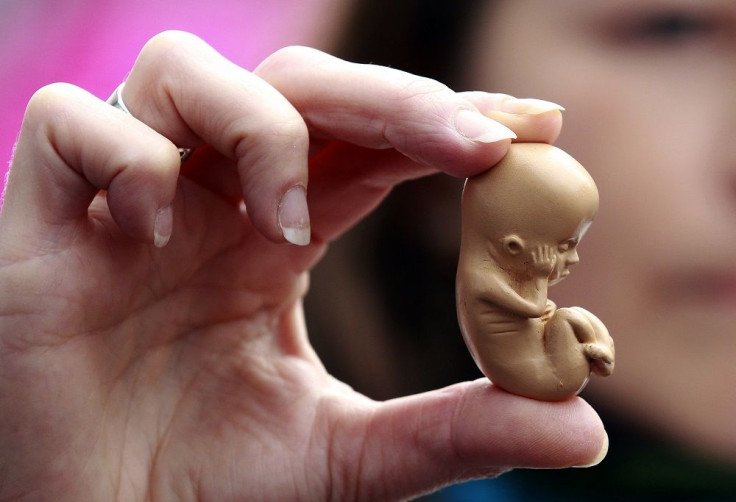Prostate drug Finasterida offshoot of discovery of two communities where boys grow male genitals at age 12

Finasterida, a blockbuster prostate drug developed by Merck, was discovered because of two communities from different continents where there are a number of babies born female but developed the male genital at age 12.
The phenomenon was called the Guevedoces or “penis at age twelve.” In a study in 2005 titled “The Guevedoces Gender metamorphosis at work,” Elizabeth Kelly wrote of the discovery by Julianne Imperato-McGinley of Cornell University who went to the Dominican Republic to probe the case of young females who develop masculine features at puberty.
The other term they used to describe what was happening was machihembras, which meant “first a woman, then a man.” Imperato-McGinley also found the same phenomenon in Sambian villages of Papua New Guinea where the term used was turnims that meant “expected to become men.”
Kelley explains in the study, published in the Berkeley Medical Journal, that these kids were born with an XY genotype and had both sex chromosomes intact. While still a foetus, during their development, the sex-determining region of the Y chromosome inhibits the development of female internal sexual organ and induces development of male internal sex organs.
But during the first 11 years, they lack functioning copies of the 5-alpha-reductase enzyme that converts testosterone to the biologically active dihyritesterone, which when missing, causes the external genital to look like an ambiguous labia and clitoris.
Kelley wrote that the genetic disorder is due to autosomal recessive inheritance because of the decreased gene pool size in the Dominican Republic and Papua New Guinea communities.
BBC took a fresh look at the Guevedoces in the ongoing two-part series "Countdown to Life" that tackles fetal development in the womb and how the normal and abnormal change affect the baby in later life. The docu explains that fetuses normally have a pair of X chromosomes for babies that develop into females and the XY chromosomes for males.
On the eighth week, the Y chromosomes instruct the gonads to become testicles and sends testosterone to the tubercle which converts it into a hormone responsible for transforming the tubercle into a penis. The absence of the male genital, according to Imperato-McGinley, is due to the deficiency in the enzyme 5-alpha-reductase.
The second surge of testosterone at puberty leads the body to respond which develops muscles, testes and a penis. In most cases, the male reproductive equipment were working and the Guevedoces eventually live their lives as adult males, although some opt to remain female and undergo surgery to remove the male genitals.
But they tend to have small prostate glands, Imperato-McGinley observed in 1974. Roy Vagelos, head of research in Merck, had a study done that led to the development of Finasteride which treats benign enlargement of the gland common in older men. The medication is also used to treat male pattern baldness.
One more interesting finding of Imperato-McGinley was that even if the Guevedoces were raised as girls, majority showed strong heterosexual preferences that indicates hormones in the womb have a bigger impact than rearing in a person’s sexual orientation.
Contact the writer at feedback@ibtimes.com.au or tell us what you think below





















